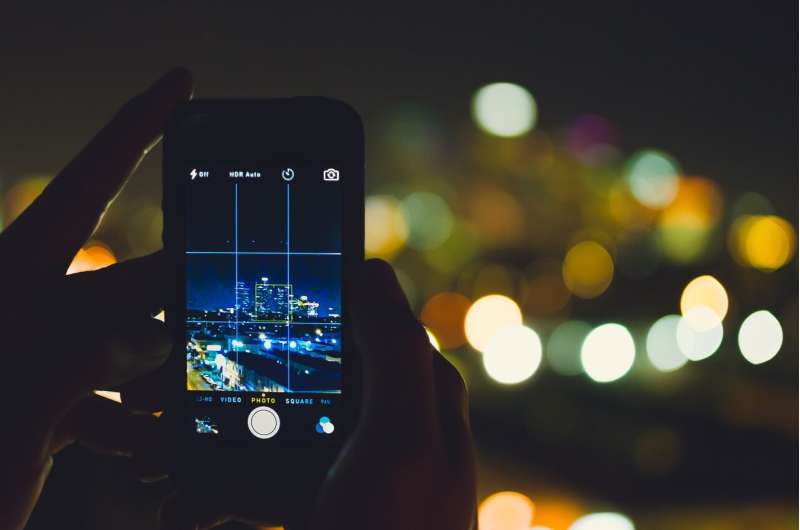June 2, 2020 report
Exposing mice to blue light at night leads to depressive symptoms

A team of researchers affiliated with multiple institutions in China has found that repeatedly exposing lab mice to blue light at night can lead to developing symptoms of depression. In their paper published in the journal Nature Neuroscience, the group describes their experiments with lab mice and blue light, and what their results may mean for humans.
Prior research has shown that people who work night shifts are more prone to depression than people who work during the day—but it is still not clear why. In more recent times, studies have shown that using a smartphone at night on a regular basis may also contribute to depression. In this new effort, the researchers wondered if experiencing light in the eyes at night might be part of the problem—or in this case, if it might be just blue light. To learn more, the researchers carried out experiments that involved exposing lab mice to blue light.
The researchers exposed lab mice to blue light for two hours every night for three weeks and then watched the mice closely to determine if the light exposure was having any discernable impact on their behavior. The researchers found that initially, the mice showed no signs of change at all. But after three weeks, the mice began to work less hard for a sugar reward and tried less hard to escape when presented with the possibility—both considered to be signs of depression in mice. The researchers also found that the depressive symptoms continued for up to three weeks, even after discontinuation of night light exposure.
To understand why shining the blue light at the mice led to depression, the researchers studied their brains—most specifically, the neural pathways that lead from the eyes to the brain. They found a specific kind of light receptor in the mouse retina that led to brain areas associated with mood: the nucleus accumbens and the dorsal perihabenular nucleus. When the researchers disconnected them, the mice did not become depressive due to exposure to blue light at night. The researchers also found that the pathways became much more active when processing blue light at night versus daytime—which, they suggest, explains why blue light during the day does not lead to depression.
More information: Kai An et al. A circadian rhythm-gated subcortical pathway for nighttime-light-induced depressive-like behaviors in mice, Nature Neuroscience (2020). DOI: 10.1038/s41593-020-0640-8
© 2020 Science X Network















